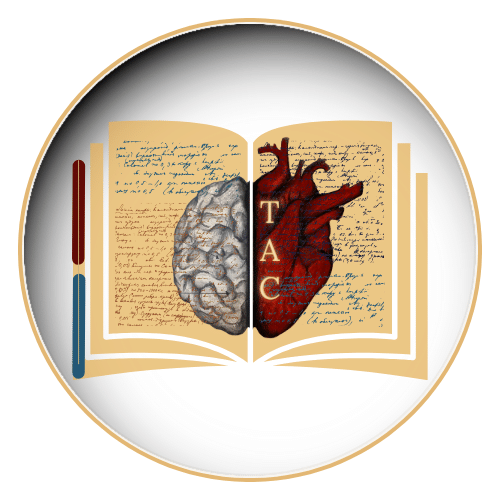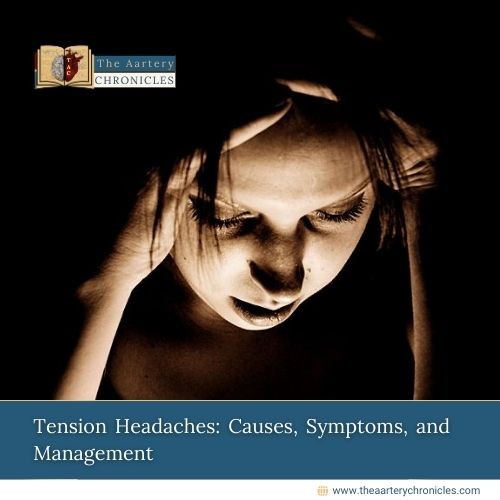

Can Therapy or an App Really Relieve Chronic Pain?
Summary: New research reveals how psychological treatments like CBT can physically change the brain to relieve chronic pain. Learn how therapy or even an app, might help you or your patients feel better, naturally.
How Therapy or Apps Can Help Relieve Chronic Pain
1 in 5 adults lives with chronic pain…are you one of them? Whether it’s back pain, migraines, arthritis, or pain after cancer treatment, medication alone often isn’t enough. But here’s the good news: new research shows that psychological therapy, especially cognitive behavioural therapy (CBT), can actually change your brain and ease chronic pain. Yes, you read that right, your brain can be rewired for relief.
In this article, we’ll break down how this works, what treatments show the most promise, and how you might even benefit from an app-based approach. All based on a groundbreaking study published in The Lancet, led by Professor Lene Vase from Aarhus BSS, Aarhus University.
How Psychological Therapy Physically Changes the Brain
For years, doctors and therapists have known that psychological treatments help people cope with pain, but the science behind it was unclear. Was it just a distraction? A placebo? Now, researchers have a clearer answer: psychological therapy causes real, visible changes in how your brain and spinal cord process pain.
In a review of several smaller studies, Professor Vase and her team discovered consistent patterns:
- Patients who received therapy showed reduced activity in brain areas linked to pain and emotions.
- These aren’t just feelings, they’re measurable, biological changes.
“We are now one step closer to understanding exactly how psychological treatment works,” says Professor Lene Vase.
What Is the Default Mode Network and Why Does It Matter?
Your brain isn’t just reacting to pain, it’s also thinking about that pain constantly, even when you’re not aware of it. This happens in a part of the brain called the default mode network (DMN). It’s active when your mind is on autopilot:
- Daydreaming
- Worrying
- Ruminating
The DMN connects with other brain networks involved in processing pain and emotions.
Here’s the breakthrough: when therapy changes your automatic thought patterns, the DMN calms down, and so does your pain.
“If you are able to loosen these thoughts and emotions… we can see that this is linked to visible changes in the brain, less pain, and improved quality of life,” adds Professor Vase.
Also Read: How Psychedelics Could Change Your Brain & Control
Why CBT (Cognitive Behavioural Therapy) Stands Out
Among all the psychological treatments, CBT leads the way. It helps you identify negative thought loops, like worrying about work or fearing more pain and replace them with realistic, helpful thinking.
Over time, CBT does more than just make you feel better mentally. According to the research, it physically rewires pain-processing pathways in the brain, especially when practiced regularly
Can an App Really Replace a Psychologist?
Here’s the challenge: not everyone has access to a trained psychologist. That’s where digital therapy steps in.
“Doctors, physiotherapists and nurses can also help guide patients towards pain-relieving ways of thinking,” says Professor Vase. “And some people may even be able to help themselves—perhaps by using an app.”
There are currently over 500 apps that claim to offer psychological pain relief. Many are based on CBT, but their scientific effectiveness is still under study. That said, CBT-based apps are your best bet if you’re exploring self-help tools for chronic pain.
“While we wait for solid scientific evidence, I would personally choose an app based on cognitive behavioural therapy,” Professor Vase recommends.
Takeaway: Your Brain Can Be Trained to Feel Less Pain
The key message? Pain isn’t just physical, it’s
- Emotional
- Mental
- Neurological
And it can be treated that way. Psychological therapy, especially CBT, can change the brain’s default response to pain. If therapy isn’t accessible, an app might offer a good starting point.
Whether you’re a patient, a doctor, or a caregiver, these insights offer new hope and practical tools for better, drug-free pain management.

Dane
I am an MBBS graduate and a dedicated medical writer with a strong passion for deep research and psychology. I enjoy breaking down complex medical topics into engaging, easy-to-understand content, aiming to educate and inspire readers by exploring the fascinating connection between health, science, and the human mind.








